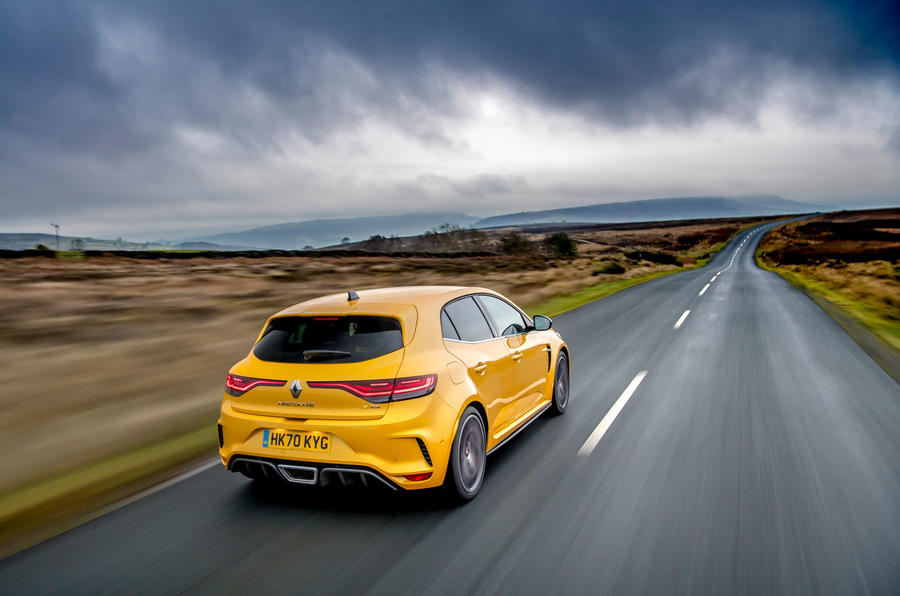
The limiter will be fitted to all future Renault and Dacia vehicles, forming part of the company’s drive to prevent road accidents.
The Renault Group has confirmed that it will limit the top speed of all future Renault and Dacia models to 180kmh in an effort to make its vehicles safer.
Renault’s new speed limiter will be joined by some extra safety equipment, which is designed to prevent accidents and, should the worst happen, assist the emergency services.
The company’s preventative safety equipment is separated into three segments. The first, called “Detect”, will analyse the owner’s driving using sensors dotted around the vehicle to provide a safety score, in an effort to encourage safer driving.
Renault will also introduce a “Safety Coach” for its infotainment system, which will process road and traffic data to inform the driver of potential risks along their route. The system will also provide warnings when passing through accident-prone areas.
As a back-up, Renault is planning a fail-safe mechanism which will trigger in the event of “a clear and present danger,” such as a particularly sharp corner or if the driver passes out and loses control of the vehicle. The system will enter an autonomous mode for the period of peril, slowing the vehicle down until the driver can regain control.
It remains unclear whether the Group’s performance models will also feature the new speed limiter. However, Renault recently confirmed that its sportier cars will soon be branded under the Alpine banner, which could give the company a work around for its safety drive as, for the time being, the equipment is only destined for Renault and Dacia-badged cars.
Renault has also designed a couple of safety procedures to help the emergency services in the event of an accident. The first, called “fire-fighter access,” allows first responders to extinguish electric fires using water.
Renault says the system cuts down response times from almost two hours to just a few minutes. It’s already fitted to Renault’s electric vehicles, but will soon appear on the firm’s hybrid vehicles, too.
The Group will also add its “Rescue Code” function to all its future models, allowing rescue teams to quickly identify a vehicle and access its structural information. In the case of a serious accident, where panels need to be cut or removed to extract occupants, Renault says rescue times can be reduced by roughly 15 minutes per passenger.
Renault’s climate commitment
Alongside its new safety schedule, Renault reaffirmed its commitment to electrification. The company says that, by 2025, 65 per cent of its European sales will be pure-electric vehicles. That figure will rise to 90 per cent by 2030.
By 2040, Renault aims to be completely carbon neutral in Europe. The Group will start by focusing its efforts on the six main areas of focus when it comes to materials that account for 90 per cent of its carbon production, which are steel, aluminium, polymers, electronics, tyres and glass.
For the upcoming Renault 5 EV, the company will use more sustainable batteries that have a 20 per cent lower carbon footprint than those currently fitted to the Zoe. Renault is also working with suppliers to find greener methods of sourcing the raw materials for the cells, including a closed loop recycling circuit for the cobalt, nickel and lithium an EV’s battery requires.
Luke Wilkinson




